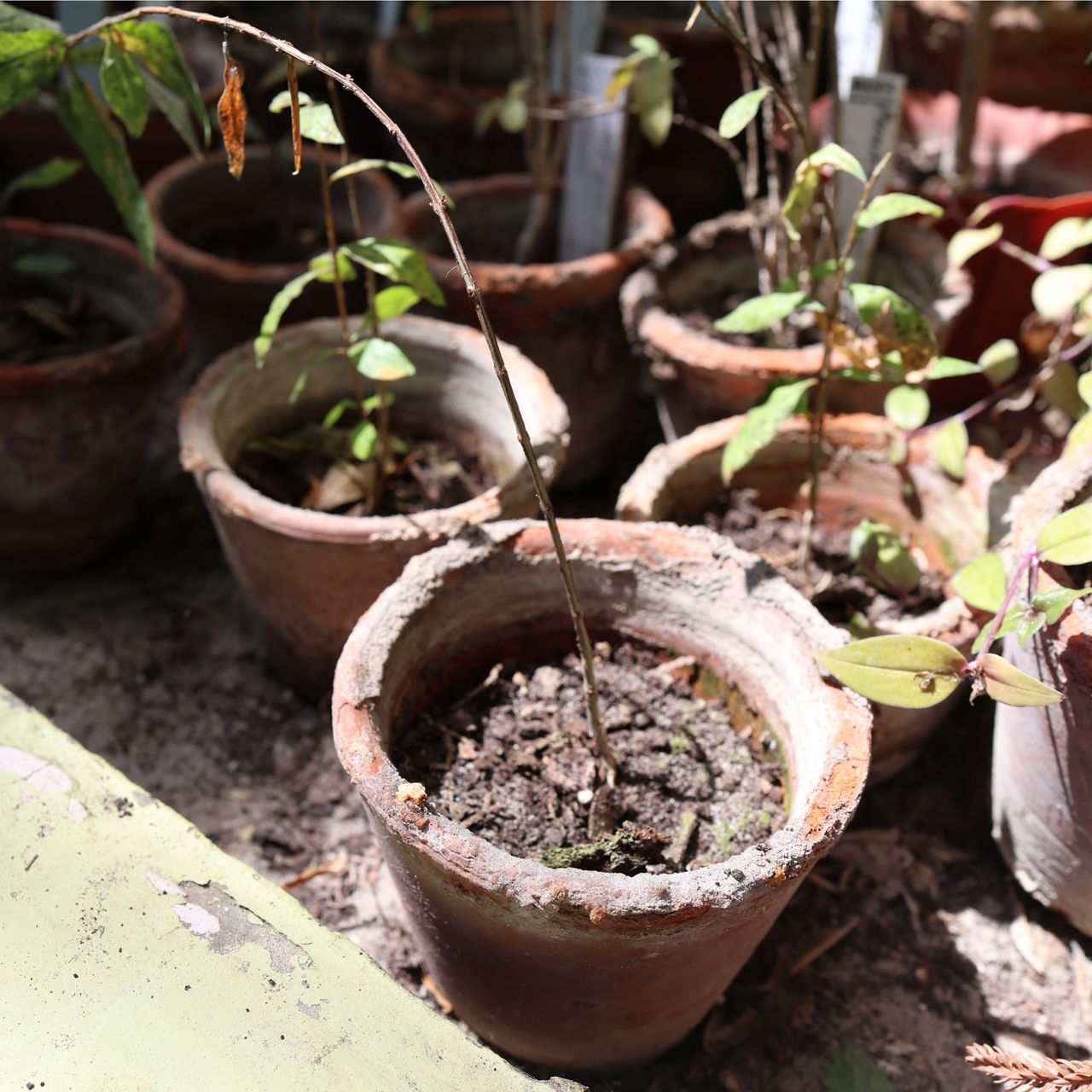
It’s not uncommon for the most tired-looking plants on a clearance shelf to become the healthiest in the garden with a little TLC. In fact, whenever I've taken home plants from the sale table, I've managed to help them bounce back and thrive.
If you've kept supermarket herbs alive at home before, you'll know that cheap plants from the supermarket or garden centre clearance table can be a brilliant budget garden idea. Full-price plants can be costly, but sale buys can be just as successful at a fraction of the cost with the right care. Plus, the process can be even more rewarding than taking home a plant that’s in perfect health.
I’ve rounded up a few expert-approved tips to help you rescue your bargain clearance shelf plants (and ways to check that they're salvageable before you get started!).
1. Check that it's salvageable
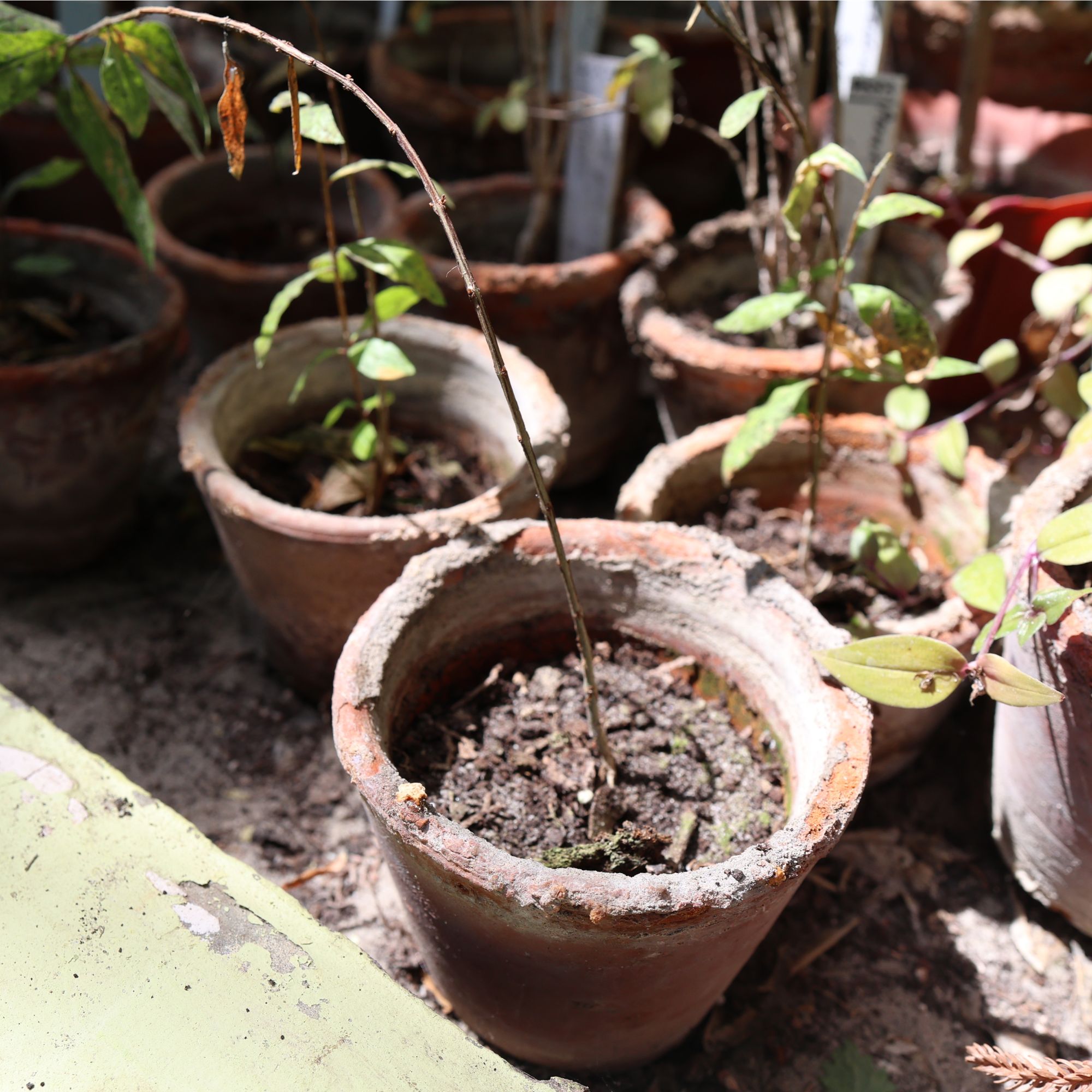
Of course, before you start your rescue operation, you’ll need to check that your clearance plant is salvageable. You can do that in a couple of ways, according to gardening influencer Gardening with Ish, and one of them is what’s known as ‘the scratch test’.
'Go to a slightly lower stem and give it a bit of a scratch,’ Ish says in a recent TikTok video. ‘If it’s got a little bit of green still in the stem, that means it’s alive and happy – but if the main stem is brown, unfortunately, it’s too far gone.’
Another way to tell if you can rescue a sale rail plant is by checking for new signs of life. Ish recommends checking for tiny green stems at the base of the plant, which indicate that it's still raring to go.
If your plant ticks those boxes, it’s time to get it home and give it some TLC…
2. Give it a good water (or don’t!)
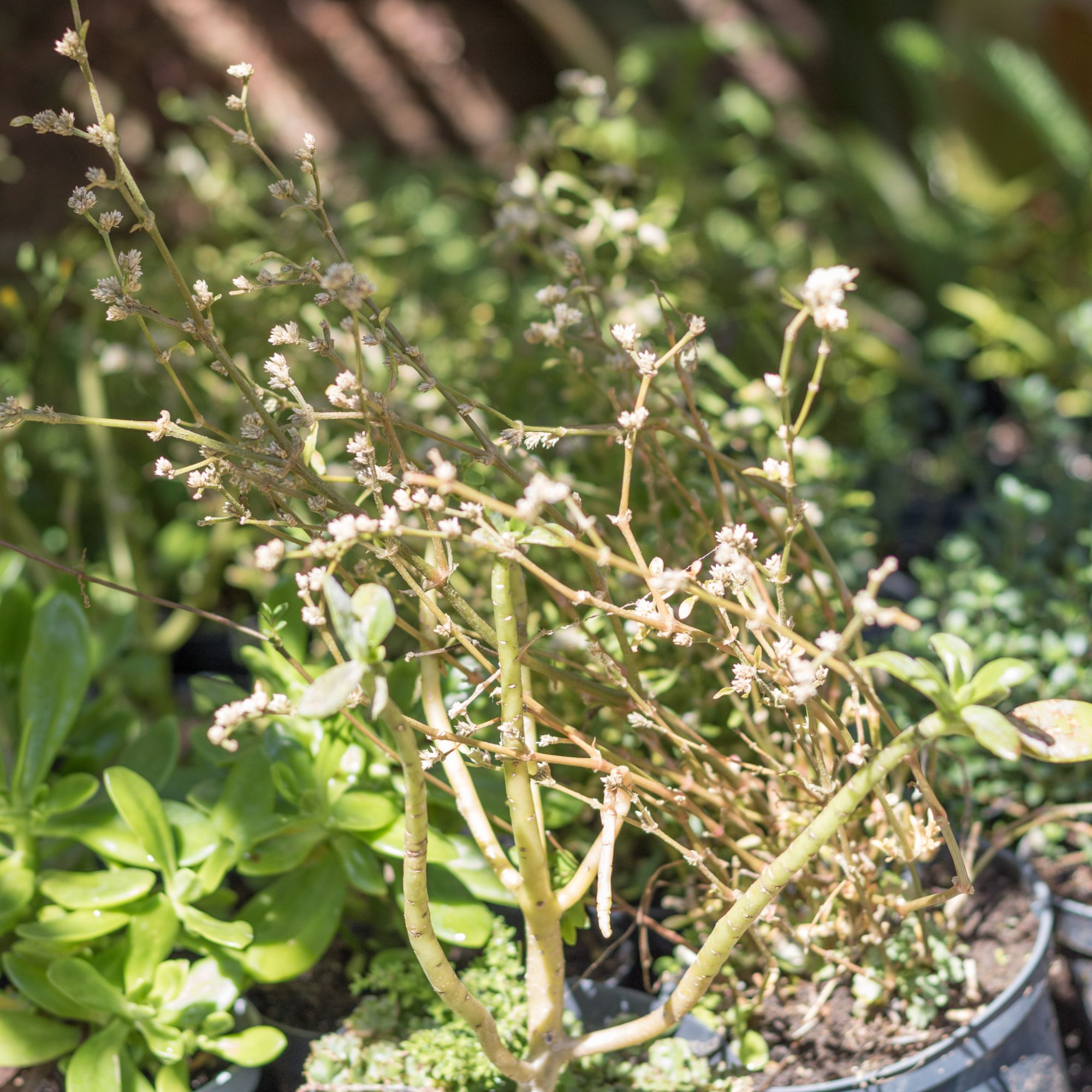
If you want to rescue a clearance plant, the first thing you'll need to do is assess how much water it needs. Often, plants on the sale rail will be thirsty, and some water can help revitalise them.
‘We often have a reduced section of plants in our centres, but this doesn’t mean the quality suffers; it simply means that we are moving to the next season,’ says Julian Palphramand, head of plants at British Garden Centres.
‘Once you bring the plant home, give it a thorough watering, but be careful not to overwater so you don’t stress the plant.’
If the soil is already soggy or even waterlogged, it's wise to learn how to save an overwatered plant. That often involves repotting, which brings us onto our next step…
3. Repot, if necessary
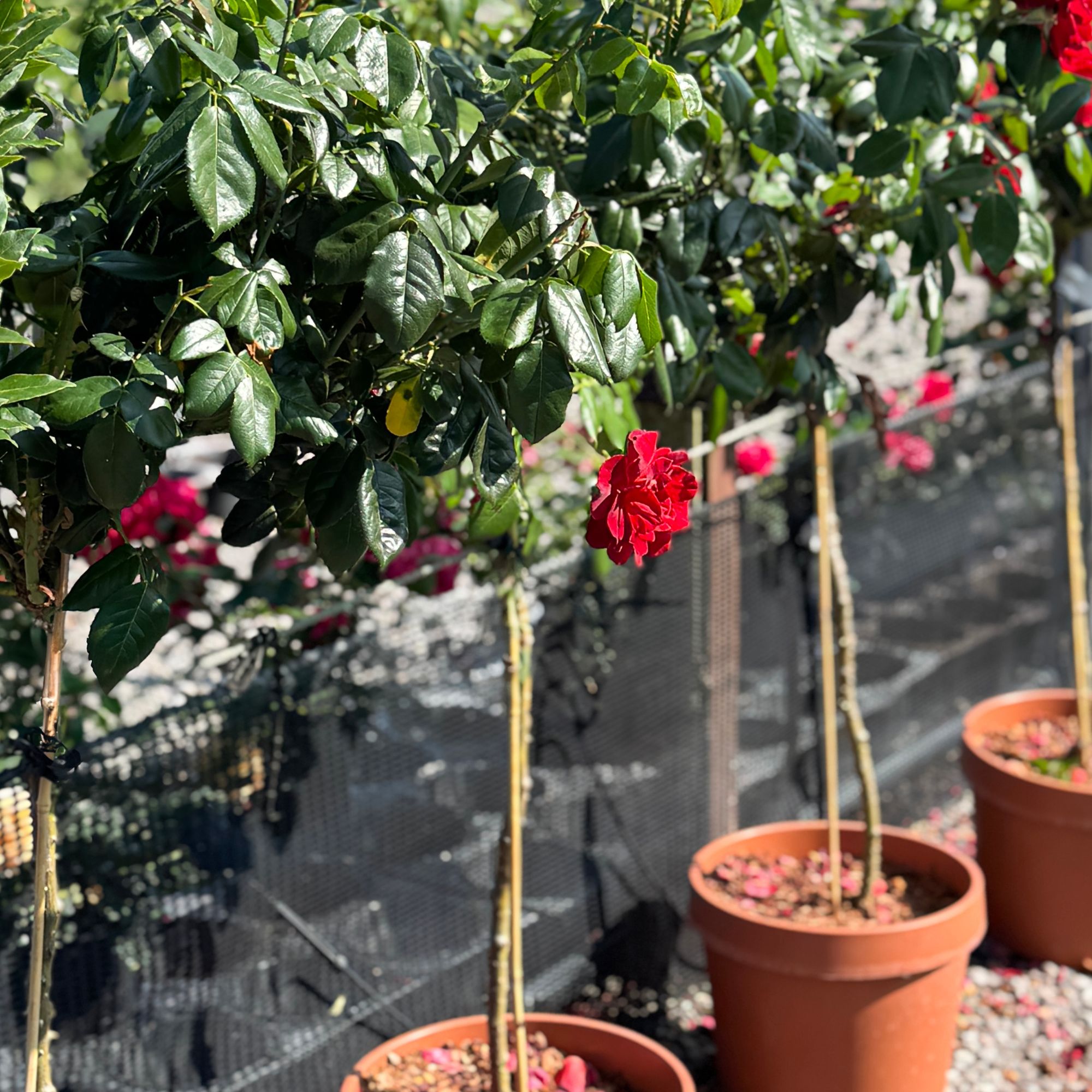
Just as you'd repot a houseplant, it's a good idea to rehome your sale rail plants if the soil is too wet when you bring them home. If parts of the roots are rotten, you'll need to carefully cut them away with a clean pair of snips, too.
That isn’t the only reason you might need to repot your sale rail plant, though – if the soil is poor, or the plant is rootbound, it’s worth sizing up and using some fresh potting mix.
‘If the plant seems cramped in its current pot or the soil looks depleted or compacted, we recommend repotting, as this allows the roots more space to grow and refreshes the soil with essential nutrients,’ explains Julian.
The mixture you choose will depend on the plant’s needs, but multi-purpose compost like RocketGro Multi Purpose Compost with John Innes, £13.00 for 40L at Gardeners Dream, is a good all-rounder. Just make sure you incorporate some horticultural grit, like Westland Potting Grit, £9.99 at Amazon, for added drainage (especially if you’re rescuing a drought-tolerant plant).
‘After repotting, check the soil moisture regularly with your finger,’ says Julian. ‘Water the plant again only when the top inch or so feels dry. Once the plant shows signs of new growth, you can feed it with plant food to give it extra nutrients.’
4. Cut away dead growth

If there's a lot of dead foliage on your clearance plant, Ish recommends cutting it away when you first bring it home.
‘Cut away any of the dead-looking foliage above any healthy-looking foliage,’ he says. ‘By doing this, you’ll help preserve the energy to go down into the new shoots, which should help it revive itself and burst back into life.’
Personally, I find that the Niwaki Garden Snips, which are £15.40 at Amazon, make tasks like this even more enjoyable.
5. Check for pests and diseases
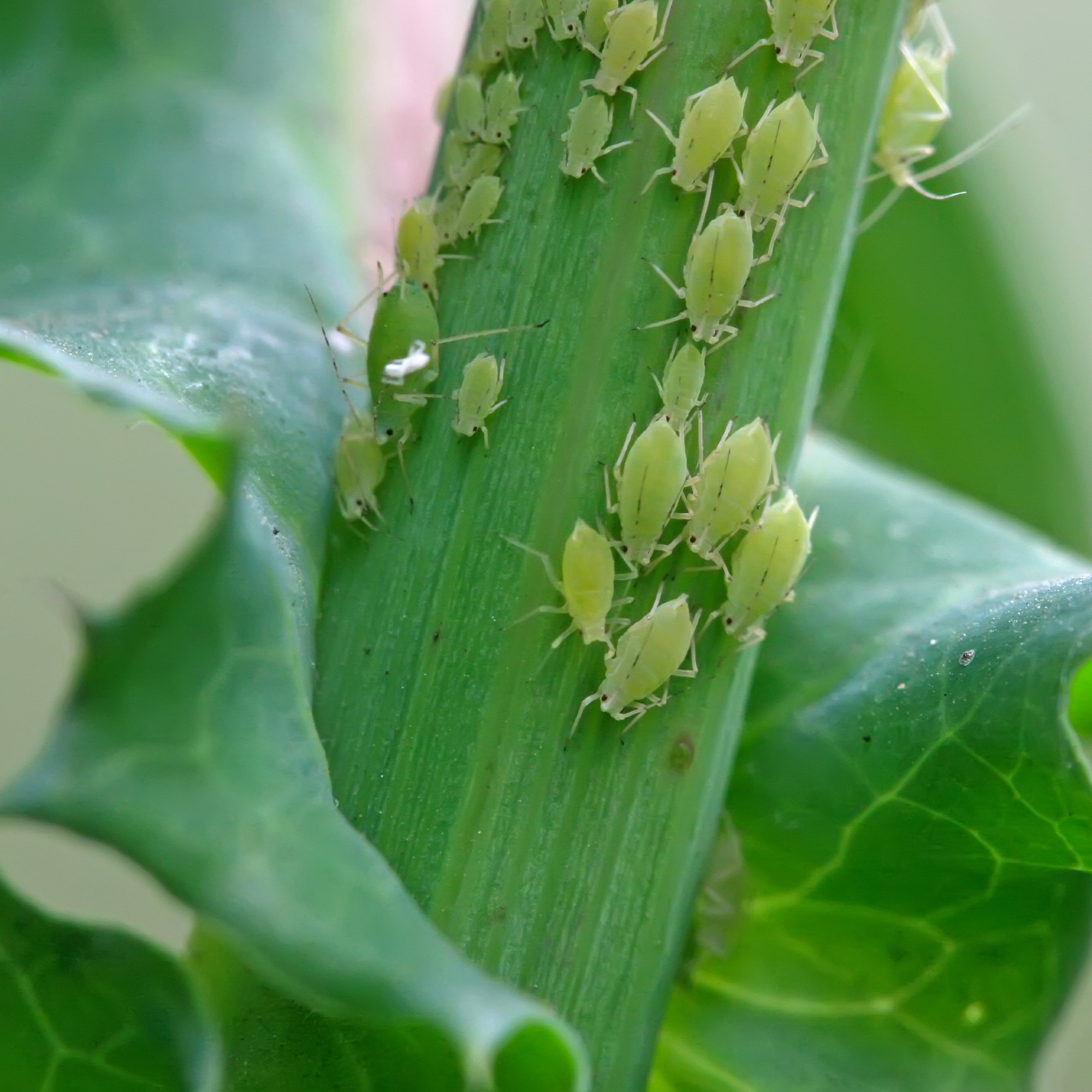
If your clearance plant is looking unhealthy, it could be down to pests or diseases. It’s a good idea to assess the foliage for any signs that aphids, mites or other garden plant pests could be to blame.
‘Look at its leaves and stems to see if there are any signs of wilting, discolouration, or damage,’ advises Julian.
If you spot an infestation, it’s worth mixing up a soapy water solution and spraying the leaves (it’s one of the best ways to get rid of aphids naturally). Diseased plants are harder to cure – but sometimes, you can get away with removing the damaged parts. Just make sure you clean your garden tools properly afterwards, to avoid infecting your other plants.
Have you got any clearance plant success stories?







